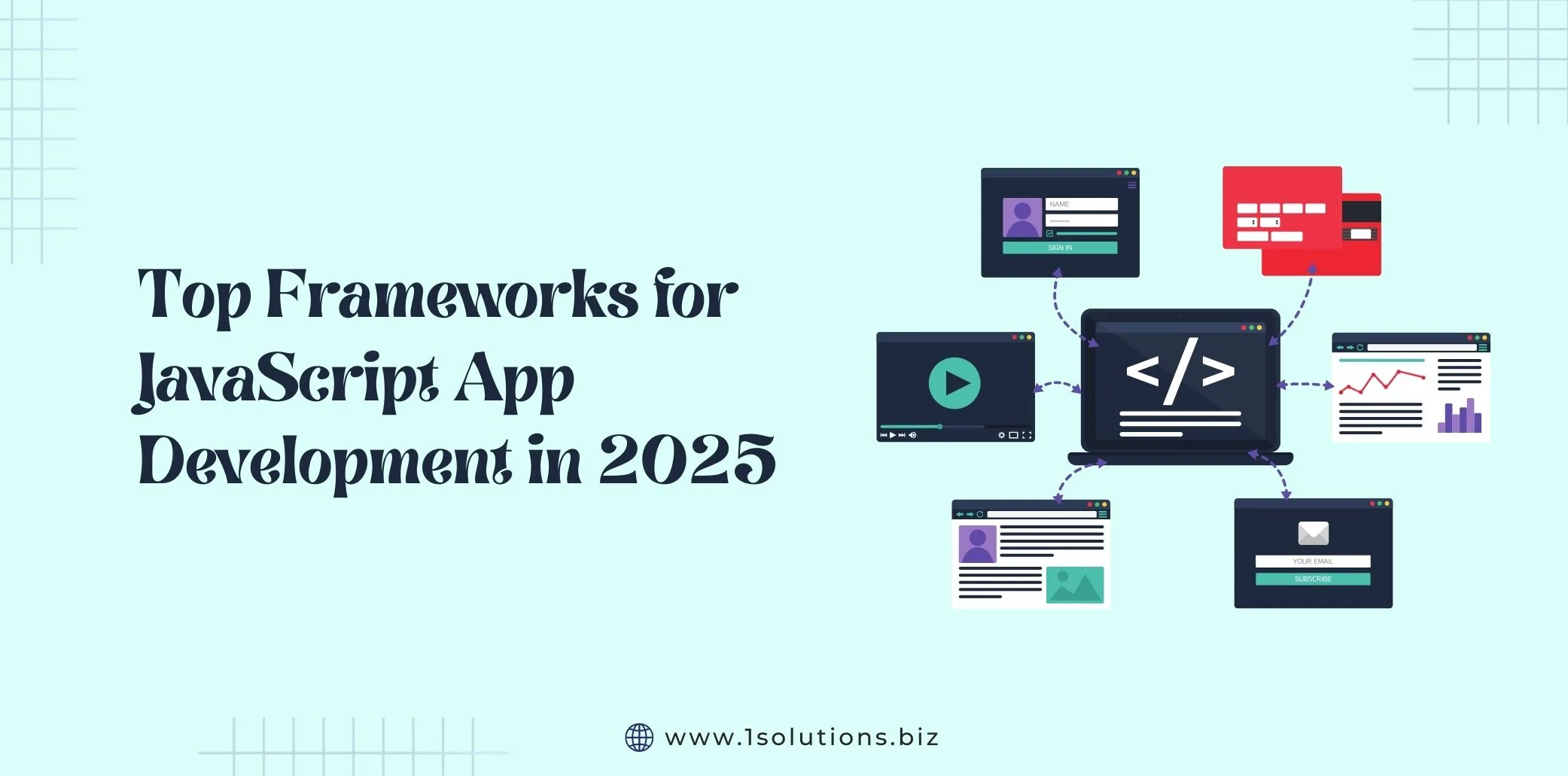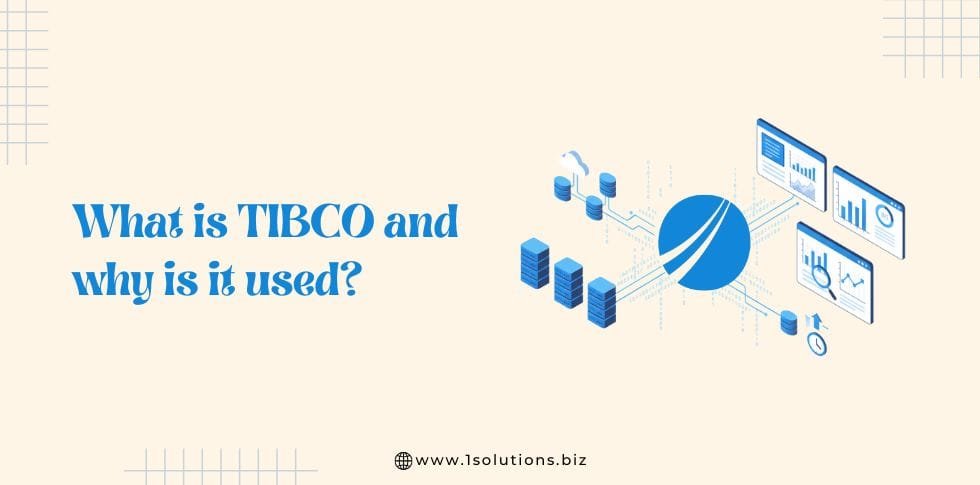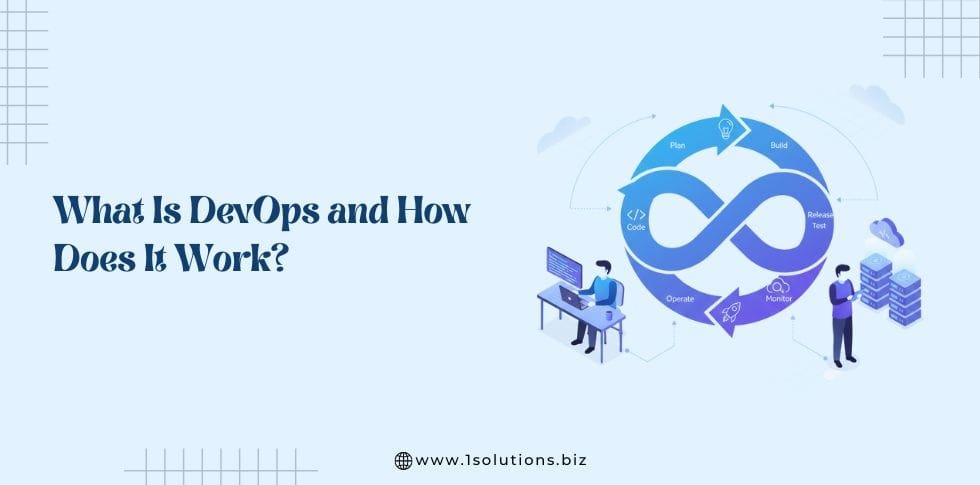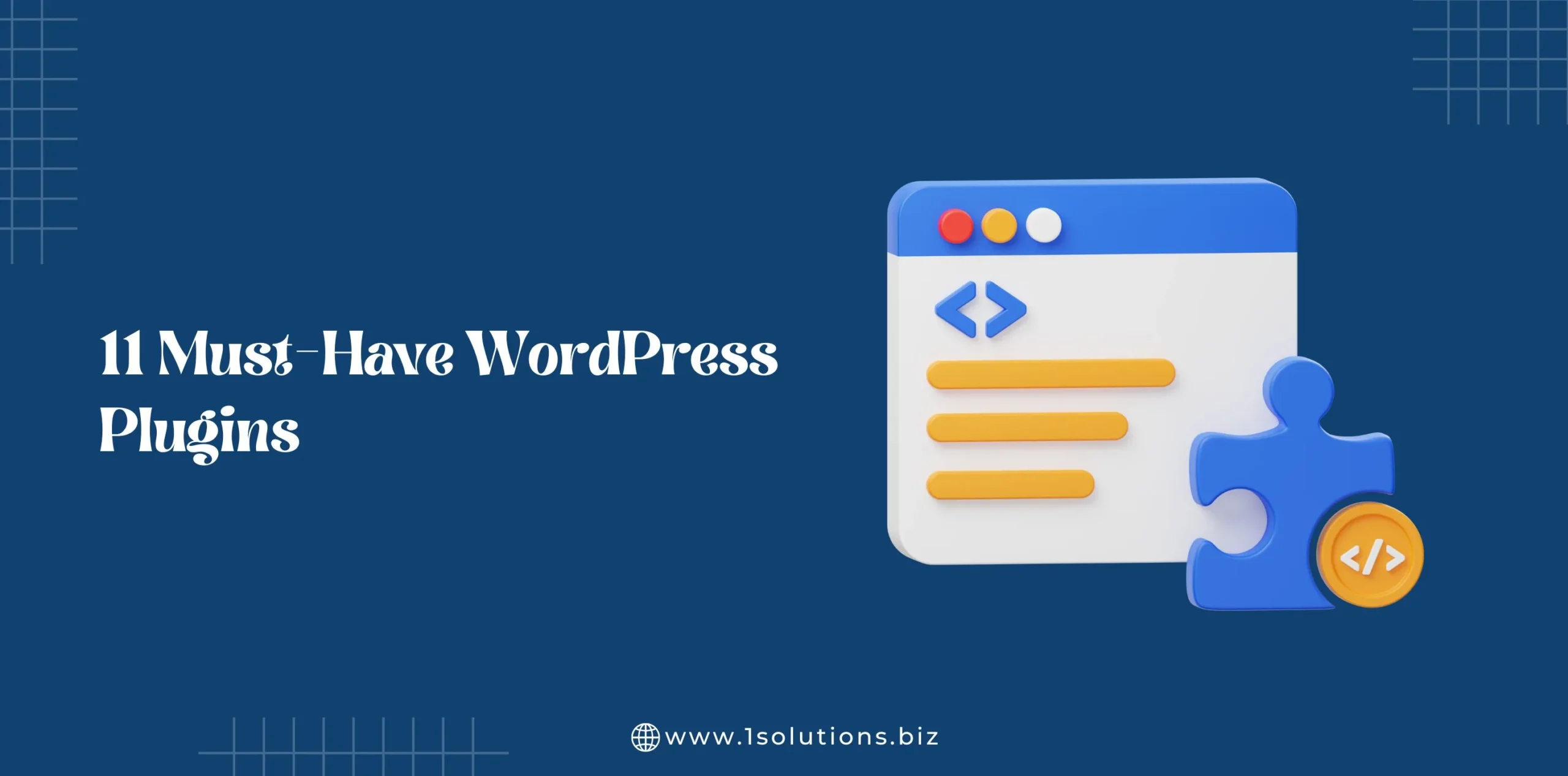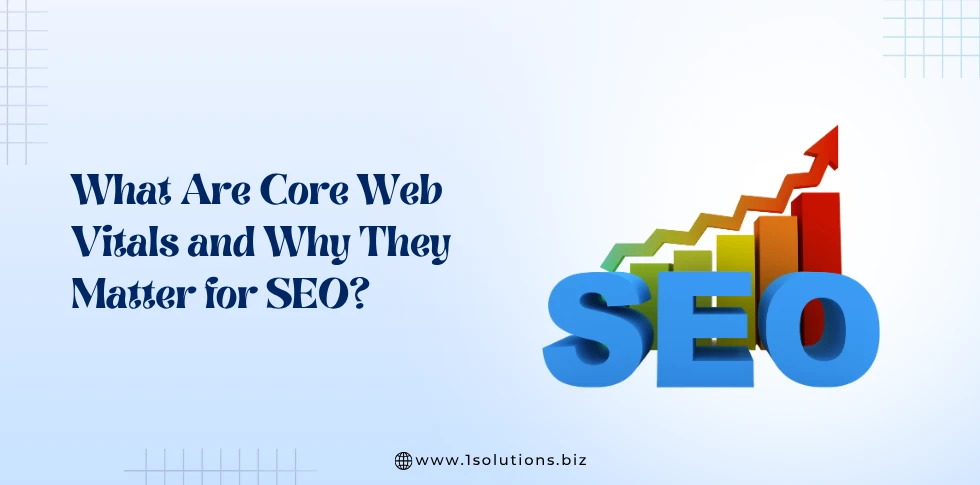JavaScript continues to dominate the web. From single-page applications and Progressive Web Apps (PWAs) to server-rendered sites and edge-first deployments, JavaScript is the common language that connects front-end experiences to modern back-end and edge platforms.
In 2025, frameworks are not just UI toolkits; they shape performance, developer workflows, hosting models, and even hiring decisions.
Frameworks matter in 2025 for four main reasons:
- Speed to market: Frameworks provide conventions, CLIs, and integrations that let teams build and ship faster.
- Performance: New rendering models such as server components, resumability, and compile-time optimizations emphasize real-user metrics like Time to Interactive (TTI) and Largest Contentful Paint (LCP).
- Scalability and maintainability: Opinionated architecture and strong typing options help teams scale codebases safely.
- Ecosystem and deployments: Tooling for edge, serverless, and CDN-based deployments is now first-class in several frameworks, changing how applications are built and hosted.
This guide explores the best JavaScript frameworks in 2025, why each matters, how they compare, and how to choose for your product, whether you are a startup, a product team, or an enterprise decision-maker.
React.js
React introduced a declarative, component-based approach to UI and became the de facto standard for building complex front-end applications. With ongoing React.js optimization, developers can achieve faster performance, better scalability, and smoother user experiences. Meta maintains it and has a large ecosystem of libraries, tools, and community support.
Features, strengths, weaknesses
- Strengths: Massive ecosystem, mature design systems, flexible integration with many architectures.
- Weaknesses: Not opinionated, so teams must decide routing, data fetching, and rendering models. Without best practices, large applications can have bundle and hydration overhead.
2025 relevance and trends
React’s evolution toward server components and concurrent rendering shifts more work to the server to reduce client-side overhead and improve real-user performance.
Many production teams adopt meta-frameworks around React to benefit from these features while keeping flexibility.
Comparison notes
React is the pragmatic default where hiring supply, third-party library availability, and enterprise support matter.
For server-rendered React applications, pairing React with Next.js is a common pattern.
Use cases: Large consumer-facing UIs, dashboards, design systems, and applications that require a mature ecosystem.
Next.js
Next.js development is built around the widely used React meta-framework from Vercel that bundles routing, rendering modes (SSG, SSR, ISR), image optimization, and developer tooling into a cohesive developer experience.
Features, strengths, weaknesses
Strengths: App Router with server components, streaming, built-in optimizations such as images and fonts, integration with modern bundlers like Turbopack.
Weaknesses: The App Router introduces server and client boundaries that require developer understanding, and abstraction complexity can surprise newcomers.
2025 relevance and trends
Next.js continues to prioritize server-centric features such as App Router and Server Components, and developer speed through Turbopack for faster builds.
In production, Next.js is often the quickest path to a secure, SEO-friendly React application deployed to edge and serverless platforms.
Use cases: SEO-sensitive sites, e-commerce, SaaS applications, marketing sites, and applications that need a fast path to deployable production code.
Read More: Top 5 Next.js Alternatives Developers Should Explore in 2025
Angular
Angular is a full-fledged framework from Google designed for large-scale, structured applications.
It provides built-in dependency injection, a powerful CLI, and strong TypeScript integration.
Features, strengths, weaknesses
- Strengths: Opinionated architecture, long-term stability, comprehensive official tooling. These make Angular attractive to enterprises.
- Weaknesses: Steeper learning curve and more ceremony compared to lighter frameworks.
2025 relevance and trends
Angular maintains relevance in enterprise contexts, focusing its roadmap on improving developer ergonomics, such as standalone components and resource APIs, while keeping backward compatibility and long-term support.
Use cases: Large internal dashboards, financial or regulated applications, and companies that prioritize governance and predictable upgrade paths.
Vue.js
Vue provides an approachable, progressive framework that scales from simple widgets to full-featured single-page applications.
Vue 3 introduced the Composition API, improved reactivity, and better TypeScript support.
Features, strengths, weaknesses
- Strengths: Low-friction onboarding, clear templates, and a growing ecosystem of tools such as Pinia and Vue Router.
- Weaknesses: Slightly smaller enterprise mindshare than React, although this gap narrows with Nuxt and strong community backing.
2025 relevance and trends
By 2025, Composition API patterns will be widely adopted, and the Vue plus Nuxt ecosystem will provide a solid path for both content sites and complex SPAs.
Use cases: Startups and teams seeking fast iteration and a pleasant developer experience, marketing sites, and mid-sized product UIs.
Nuxt.js
Nuxt is the meta-framework for Vue applications, similar to Next.js for React. It offers SSR, SSG, hybrid modes, and Nitro for serverless and edge backends.
Features, strengths, weaknesses
- Strengths: Convention-driven setup, flexible rendering strategies, excellent SEO features.
- Weaknesses: Adds framework-level opinionation and overhead compared to minimal Vue-only applications.
2025 relevance and trends
Nuxt is the go-to for Vue teams that require robust SSR, static generation, or serverless backends. Nitro’s edge and serverless-first design are a strong fit for modern deployments.
Use cases: Content-heavy sites, Nuxt-powered SaaS front-ends, and teams prioritizing SEO and developer experience.
Svelte and SvelteKit
Svelte is a compiler-first framework that transforms declarative components into highly optimized JavaScript at build time.
SvelteKit is the official app framework that adds routing and SSR or SSG support. Svelte 5 brought major improvements in 2024–2025.
Features, strengths, weaknesses
- Strengths: Tiny runtime, extremely small bundles, and concise reactivity syntax, which is great for performance.
- Weaknesses: Smaller ecosystem than React; some integrations may require more effort.
2025 relevance and trends
Svelte and SvelteKit have become strong candidates for teams that prioritize performance and low client payloads.
Continued investment in Svelte 5 and SvelteKit improves production-grade developer experience.
Use cases: Performance-focused landing pages, PWAs on strict budgets, and projects where small bundle size matters, such as low-bandwidth markets.
Remix
Remix focuses on server-centered rendering and nested routes to deliver a smoother UX by aligning data fetching with the routing system.
It encourages progressive enhancement and treats web platform primitives as first-class.
Features, strengths, weaknesses
- Strengths: Predictable UX with route-level loaders, built-in caching and parallel data loading, progressive enhancement philosophy.
- Weaknesses: Smaller ecosystem than Next.js, and teams must adapt to the server-oriented approach.
2025 relevance and trends
Remix is appealing for complex UIs where loading states and data coordination are a pain point. Its nested routing model leads to fewer janky transitions and clearer data flow.
Use cases: E-commerce checkout flows, multi-route admin panels, and applications that must avoid visible loading disruptions.
Solid.js
Solid uses fine-grained reactivity and compiles to efficient DOM updates without a virtual DOM, resulting in very high runtime performance. It is gaining traction among performance-minded developers.
Features, strengths, weaknesses
- Strengths: Fast rendering, minimal re-renders, small runtime overhead.
- Weaknesses: Smaller ecosystem and unfamiliar reactivity model for developers used to React.
2025 relevance and trends
Solid’s model influenced other frameworks and is considered a top choice where render performance matters most. It is commonly used in parts of applications or for performance-critical components.
Use cases: High-frequency real-time interfaces, component libraries where render cost matters, and projects requiring the best possible runtime responsiveness.
Qwik
Qwik introduced resumability, the idea of serializing app state on the server and resuming execution in the browser without a hydration step. This eliminates the hydration cost and accelerates time-to-interactive for big applications.
Features, strengths, weaknesses
- Strengths: Extremely fast TTI on large interactive sites because it avoids classical hydration.
- Weaknesses: New development model and a smaller ecosystem, not always necessary for small applications.
2025 relevance and trends
Qwik is a strong contender for very large, interactive content platforms and e-commerce sites where hydration times become a measurable UX problem.
Use cases: Large catalogs, content platforms with complex interactive widgets, and projects where achieving excellent Core Web Vitals is mission-critical.
Meteor
Meteor is an older but once-popular full-stack JavaScript platform that gave early real-time applications a strong developer experience. It integrated client, server, and database tooling for rapid prototyping.
Features, strengths, weaknesses
- Strengths: Fast prototypes for real-time applications, built-in pub or sub, integrated stack.
- Weaknesses: Smaller ecosystem and reduced mindshare compared to modern meta-frameworks. Teams should check the recent maintenance status before adopting.
2025 relevance and trends
Meteor is still useful for prototyping real-time collaboration applications, but many teams prefer modular stacks such as React or Next.js combined with dedicated real-time services for long-term projects.
Use cases: Prototypes, chat features, and internal collaborative tools where rapid iteration is more important than ecosystem breadth.
Comparison: Quick Reference
When choosing among these frameworks in 2025, consider five axes: performance, learning curve, scalability, ecosystem, and deployment model. Below are concise comparative notes to help you decide quickly.
- React with Next.js: High real-world performance when server components, streaming, and modern bundlers are used. The learning curve is moderate, and scalability is proven at enterprise scale. The ecosystem is massive, making it a safe choice for most production applications.
- Angular: Strong performance for large applications, steeper learning curve, excellent scalability, and enterprise tooling. Best for teams needing structure and long-term support.
- Vue with Nuxt: High performance and gentle learning curve. Vue scales well, and Nuxt provides reliable SSR or SSG capabilities for SEO-sensitive projects.
- Svelte with SvelteKit: Very high performance due to small bundles and compile-time optimizations. Gentle learning curve for new developers, ecosystem is growing, and SvelteKit is production-ready.
- Remix: High performance with server-centric UX. Moderate learning curve, excellent for applications that need smooth data flows and predictable loading.
- Solid.js: Exceptional runtime performance via fine-grained reactivity. Moderate learning curve, ecosystem is smaller but improving. Best where render efficiency is paramount.
- Qwik: Excellent for time-to-interactive on large applications because of resumability. Moderate learning curve due to the novel model, the ecosystem is niche but suitable for big interactive sites.
- Meteor: Good for real-time prototypes and small-scale applications, gentle learning curve, but a smaller and more niche ecosystem today. Verify maintenance and support timelines before committing.
When to choose what
- If you need the most pragmatic, production-ready option with a vast talent pool: React with Next.js. It balances developer productivity, SEO, and edge or serverless deployments.
- If your organization values long-term stability and opinionated architecture: Angular is the enterprise choice, built for maintainability and governance.
- If developer happiness and quick iteration matter, with excellent developer experience for both small and medium projects: Vue with Nuxt or Svelte with SvelteKit are excellent. Svelte wins on raw bundle size.
- If your product demands the absolute fastest TTI for very large interactive pages: Evaluate Qwik and Solid. Qwik’s resumability and Solid’s fine-grained reactivity are made for performance-critical surfaces.
- If you need predictable UX with nested data flows and minimized jank: Remix is designed for that developer model and often reduces complexity when pages have many nested data requirements.
- Startups and MVPs: Favor low-friction stacks such as Next.js, SvelteKit, and Nuxt. These reduce iteration cost.
- Enterprises and regulated industries: Prefer Angular or React with mature architecture patterns and testing strategies.
- Simple static or marketing sites: SSG via Next.js, Nuxt, or SvelteKit will reduce hosting costs while maximizing SEO.
SEO and Performance Checklist
- Use SSR or SSG for SEO-critical pages with frameworks such as Next.js, Nuxt, or SvelteKit.
- Reduce client JavaScript where possible using islands architecture, server components, or resumability.
- Measure real users using Core Web Vitals and iterate on TTI, LCP, and CLS.
- Adopt modern bundlers and caching strategies such as Turbopack or Vite.
- Choose a framework your team can own, because developer velocity matters as much as raw performance.
Frequently Asked Questions (FAQs)
1. What is a JavaScript framework, and why is it important in 2025?
A JavaScript framework is a ready-to-use code structure that helps developers build web and mobile applications faster and with fewer errors. In 2025, frameworks matter because they improve speed, scalability, and compatibility with modern trends like server-side rendering (SSR), cloud-native applications, and real-time user experiences.
2. Which is the best JavaScript framework for app development in 2025?
The best JavaScript framework in 2025 depends on your project goals:
- React + Next.js: Best for enterprise and large-scale apps.
- Angular: Great for complex, feature-heavy applications.
- Vue + Nuxt: Ideal for startups and mid-sized businesses.
- Svelte & Qwik: Perfect for performance-driven projects.
3. How do I choose the right JavaScript framework for my project?
Consider these factors when choosing a JavaScript framework:
- Performance needs: Fast load times, real-time updates.
- Project size: Small MVP vs. enterprise-scale app.
- Learning curve: How quickly your team can adapt.
- Community support: Larger ecosystems offer more resources.
- Use case: E-commerce, SaaS, dashboards, or social apps.
4. Is React still the most popular JavaScript framework in 2025?
Yes. React remains the most popular framework in 2025 thanks to its vast community, rich ecosystem, and Next.js support. However, newer frameworks like Svelte, Remix, Solid.js, and Qwik are growing in popularity due to their performance advantages and developer-friendly experience.
5. Are new frameworks like Qwik and Solid.js ready for production?
Yes. Qwik and Solid.js are production-ready in 2025:
- Qwik: Known for instant page loads through resumability.
- Solid.js: Offers high performance with fine-grained reactivity.
However, they have smaller ecosystems compared to React, Angular, and Vue, so businesses should weigh long-term support and developer availability.
6. Which JavaScript framework is best for startups in 2025?
For startups, Vue.js and Svelte are excellent because they’re easy to learn, fast to build with, and perfect for MVPs. React with Next.js is also a strong option since it’s widely supported, scalable, and makes hiring developers easier.
Conclusion
There is no single best framework for every case in 2025. The right choice depends on performance goals, the team’s skill set, time-to-market, and long-term maintenance priorities.
React with Next.js is the pragmatic default for many production applications. SvelteKit is outstanding where bundle size and developer simplicity matter. Nuxt is the Vue-first answer for SSR sites. Remix, Solid, and Qwik each bring modern ideas that solve specific performance and UX problems. Angular remains the enterprise-grade framework for large-scale applications.
How to decide
- Document performance and SEO requirements such as TTI, LCP, and number of interactive widgets.
- Audit team skill and hiring pipeline.
- Prototype a critical user flow in 48 to 72 hours to uncover integration costs.
- Measure and pick a stack based on real metrics and maintenance considerations.
Choosing the right JavaScript framework will shape how fast you build and how your users experience your product. If you want expert help to evaluate frameworks, build a fast prototype, or deliver a production-ready application, 1Solutions offers specialized services in React, Next.js, Vue, Nuxt, Svelte, Node.js backends, and full-stack deployments.
Contact us for a tailored consultation and a prototype plan that matches your product goals.



















